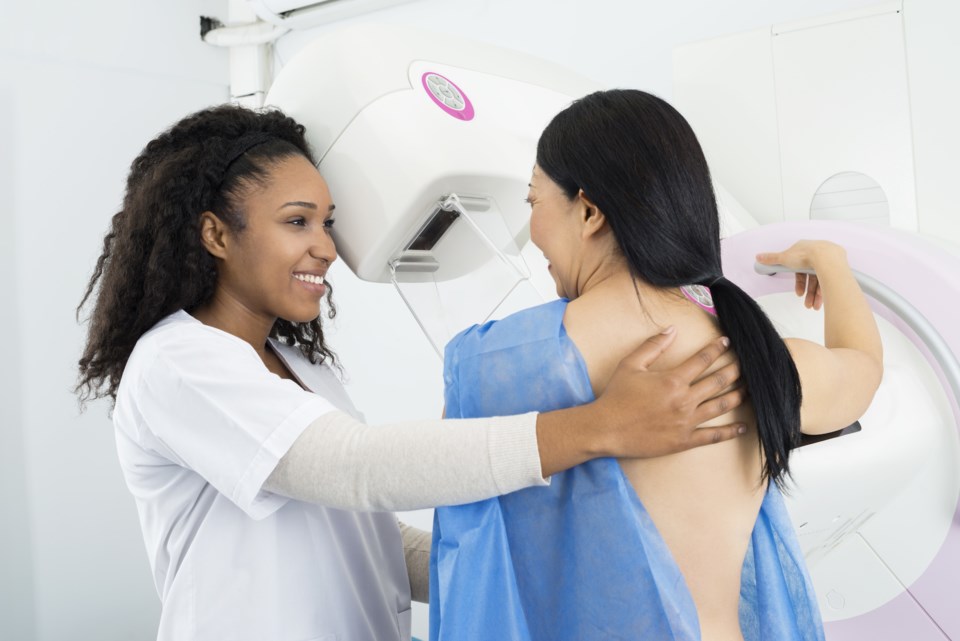Opening regular mammograms to woman as young as age 40 will save lives.
It’s also a significant step forward in cancer screening for women, said Dr. Supriya Kulkarni, who is not only president of the Canadian Society of Breast Imaging and head of the Breast Imaging Division at the University of Toronto’s Department of Medical Imaging, but is the regional breast imaging lead for Northeastern Ontario, associated with Health Sciences North.
Sudbury.com has asked Kulkarni to comment on the announcement last week by Ontario Health Minister Sylvia Jones that breast screening self-referrals will now be available to women aged 40 and over. Previously the age was set at 50.
"What has been noted recently across the world and even in Canada, there's been data published about it that the incidence of breast cancer is rising among younger women, starting from even in their mid-20s is going up," Kulkarni said.
What’s more, 13 to 15 per cent of cancers in women develop between the ages of 40 and 49, making early detection all the more important, she said.
"That's … quite a sizable number to have in that age group," she said.

Kulbarni said earlier detection of breast cancer also means the treatment is easier for the patient.
"The treatments are getting very, very accurate and very, very effective now, but at the end of the day, early detection is the best chance that you can give a patient, right?"
Plus, later detection comes with its own challenges.
"Late diagnosis means more aggressive treatments, more side effects, more comorbidities, more effect on families and people," Kulkarni said.
Another factor is that technology has improved to where cancer can be detected more accurately, such as in the case of younger women who might have dense breast tissue.
"What happens is the dense breast tissue can actually hide cancers, and that has been an ongoing problem for women,” Kulkarni said. “Basically, about 40 per cent of women will have dense breast tissue. With the newer technology, our machines are much better, and they're much better at penetrating the dense tissue."
Compounding the issue is the differences in cancer rates between different demographics and ethnicities, Kulkarni said. Lowering the screening age plays a role here as well.
"One point I don't want to miss, because it's very important is the intersectionality of our population. There are black women. We have immigrant populations, Filipino women, First Nations women,” Kulkarni said. “They tend to get cancers earlier on than age 50 and above — these other women tend to get cancers at 50 or even below 50, so these would not be captured in the screening program.”
With respect to women younger than 40, Kulkarni said regardless of the age limit, any woman who has any concern about a lump or abnormality in their breast, should go to the doctor.
"The moment they have a symptom, that is no longer screening," she said.
Kulkarni added that there is still a concern about access to breast screening for some women in remote and rural areas of Northern Ontario. She said that concern is usually tied to winter weather but added it is being worked on by having more mobile clinics through the Ontario Breast Screening Program.
Len Gillis covers health care and mining for Sudbury.com.
